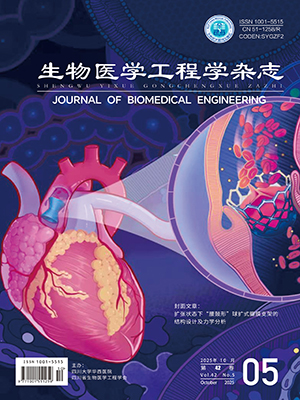This paper discusses the relationship between stimulating pulse width and the threshold of electrically evoked compound action potential (ECAP). Firstly, the rheobase and chronaxy from strength-duration curve of nerve fiber was computed using the shepherd's experiment results. Secondly, based on the relationship between ECAP and the action potential of nerve fiber, a mathematical expression to describe the relationship between stimulating pulse width and ECAP threshold was proposed. Thirdly, the parameters were obtained and the feasibility was proved to the expression with the results of experiment using guinea pigs. Research result showed that with ECAP compared to the action potential of nerve fiber, their threshold function relationship with stimulating pulse width was similar, and rheobase from the former was an order smaller in the magnitude than the latter, but the chronaxy was close to each other. These findings may provide meaningful guidance to clinical ECAP measurement and studying speech processing strategies of cochlear implant.
Citation: YUZhongde, XIAOLing, LIPing, MENGLi, ZIRui, FEIXingbo. Effect of Stimulating Pulse Width on the Threshold of Electrically Evoked Compound Action Potential. Journal of Biomedical Engineering, 2014, 31(6): 1187-1190. doi: 10.7507/1001-5515.20140255 Copy
Copyright © the editorial department of Journal of Biomedical Engineering of West China Medical Publisher. All rights reserved




